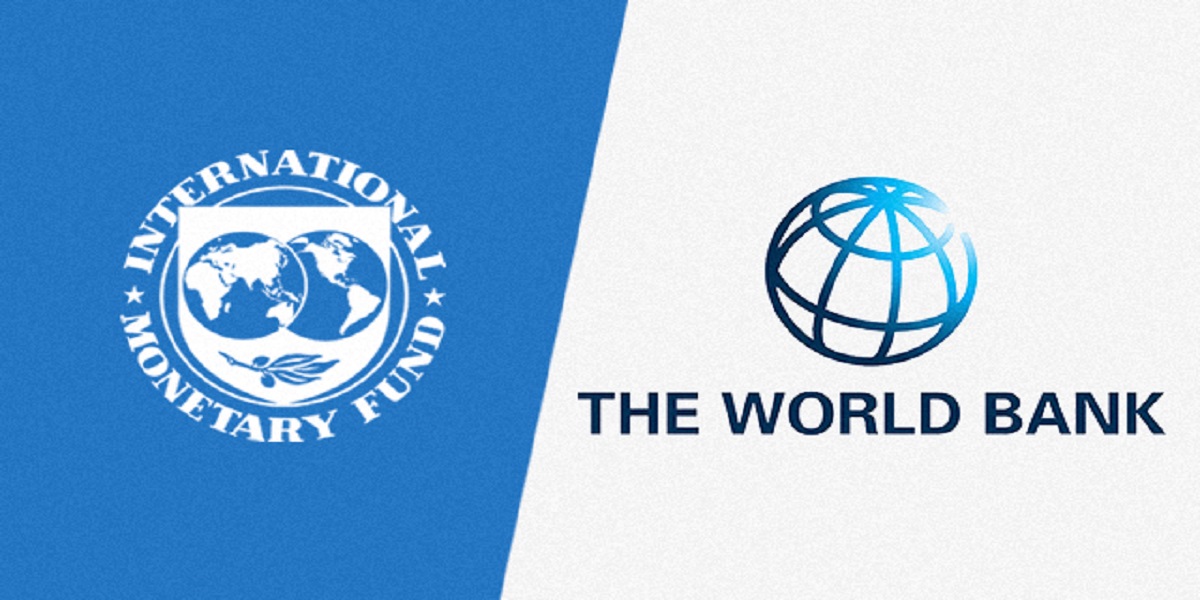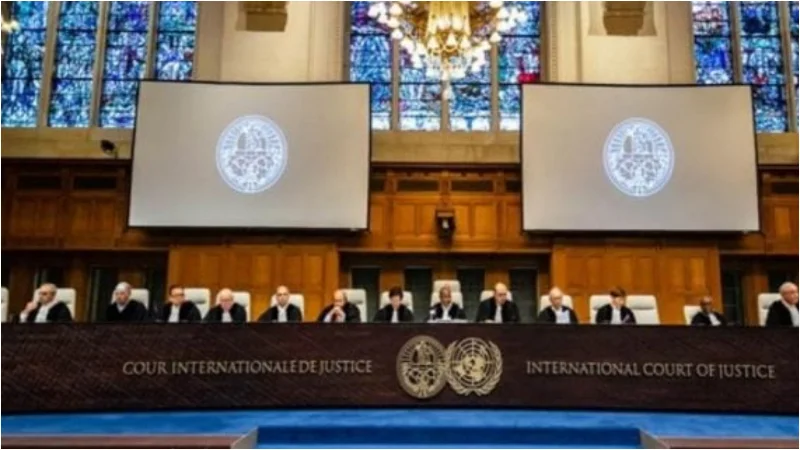It was the week of the four Ws in Washington: war, walkouts, weakness, and warnings. Some of the International Monetary Fund and World Bank’s half-yearly meetings are uninteresting and easily forgotten; this was not one of them.
The first W – the war in Ukraine – dominated the meetings and is likely to dominate the two organisations’ next meeting in the autumn. Despite requests for the violence to stop, no progress has been made.
Even before the Russian invasion, Ukraine was Europe’s poorest country, and this would have disastrous effects. The cost of wrecked buildings and infrastructure, according to the World Bank, is $60 billion (£46.7 billion). According to the IMF, the Ukrainian economy could decline by about 40% this year, and Kyiv will face a financial crisis.
Russia will undoubtedly incur significant consequences as a result of its aggressiveness, but the war’s consequences are not limited to the two protagonists. It is resulting in higher energy and food prices, as well as greater inflation and slower global economy, implying that there is a humanitarian as well as an economic case for ending the war.
[embedpost slug=” imf-team-visit-pakistan-for-meetings-with-finance-minister-miftah-ismail/”]
As a result of the second W, the British, Americans, and Canadians staged a symbolic walkout when Russian officials began to speak at the G20 finance ministers and central bank governors meeting. Russia retaliated by preventing the release of a statement at the end of the IMF’s main policy committee meeting, which requires unanimity.
These diplomatic manoeuvres exposed the multilateral system’s flaws – the third W. During the global financial crisis, the G20 rose to prominence and was expected to supplant the G7 as the premier international platform for economic officials.
This was logical. The G7 was made up of only the most developed countries, but the G20 was made up of a larger group of strategically significant countries like China, India, Brazil, Saudi Arabia, and Russia.
The G20 got off to a fantastic start at the 2009 London summit, but has since failed to deliver on its promises. It has devolved into a meeting place where governments discuss the serious issues of the day – such as the need to make vaccines widely available or the need of an effective mechanism for debt relief – but fail to provide the necessary remedies. As evidenced last week, there is a lot of grandstanding but no unifying goal. Not all G20 members are willing to publicly express their disapproval with Russia’s actions in Ukraine.
This gets us to the fourth and last W: warnings were thick in the air in Washington last week. The IMF predicted that recovery from the epidemic would take much longer than expected, and that central banks would struggle to find the optimal interest rate level. People would go hungry as a result of increasing food prices, according to the World Bank, which might lead to civil upheaval. The IMF and the World Bank have issued warnings about escalating debt distress.
The picture is bleak for affluent countries like the United Kingdom, where rising living costs are already weighing on consumer confidence and expenditure. However, the prospects for poorer portions of the world are considerably worse at a time when several central banks are struggling.
“The larger takeaway from the IMF and World Bank meetings… is the acute vulnerability of non-commodity exporting emerging market countries to a perfect storm of an unfinished pandemic recovery with high debt, the war shock to energy and food prices, China lockdown growth risk, and Fed tightening,” says Krishna Guha, an analyst at investment bank Evercore.
That is a reasonable summary, and it echoes UN warnings that weaker global demand, insufficient international policy coordination, and rising debt levels as a result of the pandemic will generate financial shockwaves that will push some developing countries into a downward spiral of insolvency, recession, and stalled development.
The enormity of the problem, as well as the pace with which it is unfolding, has UN Development Programme Administrator Achim Steiner “very concerned.” “We’re not equipped to deal with this.” As a result of the pandemic, several poor countries have run out of fiscal room and are on the verge of collapse.” He goes on to say that around 70 countries are facing a “perfect storm” of rising energy costs, rising food prices, and higher debt-service costs.
Last week in Washington, a fifth W was conspicuous by its lack, and that’s victory. The $40 billion pledged to the IMF’s Resilience and Sustainability Trust – meant to help impoverished nations deal with the climate problem and other structural difficulties – gave the IMF some reassurance, but Ukraine alone needs more than that
Every finance minister and central bank governor recognises that the war is a disaster for the world economy, with expenses rising as time goes on. It’s easy to see how defeat manifests itself: stagflation and plummeting living standards in affluent countries; famine, food riots, and loan defaults in developing countries.
Other than a pyrrhic victory, it’s difficult to know what victory looks like. A quick cease-fire and Russian pullout would drop energy and food costs, lower inflation, and make it simpler for central banks to keep interest rate hikes to a minimum. A prolonged war of attrition is more likely, and this will eventually lead to lower demand and a collapse in energy prices.




















